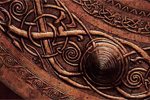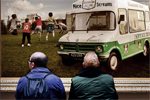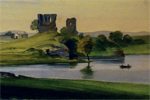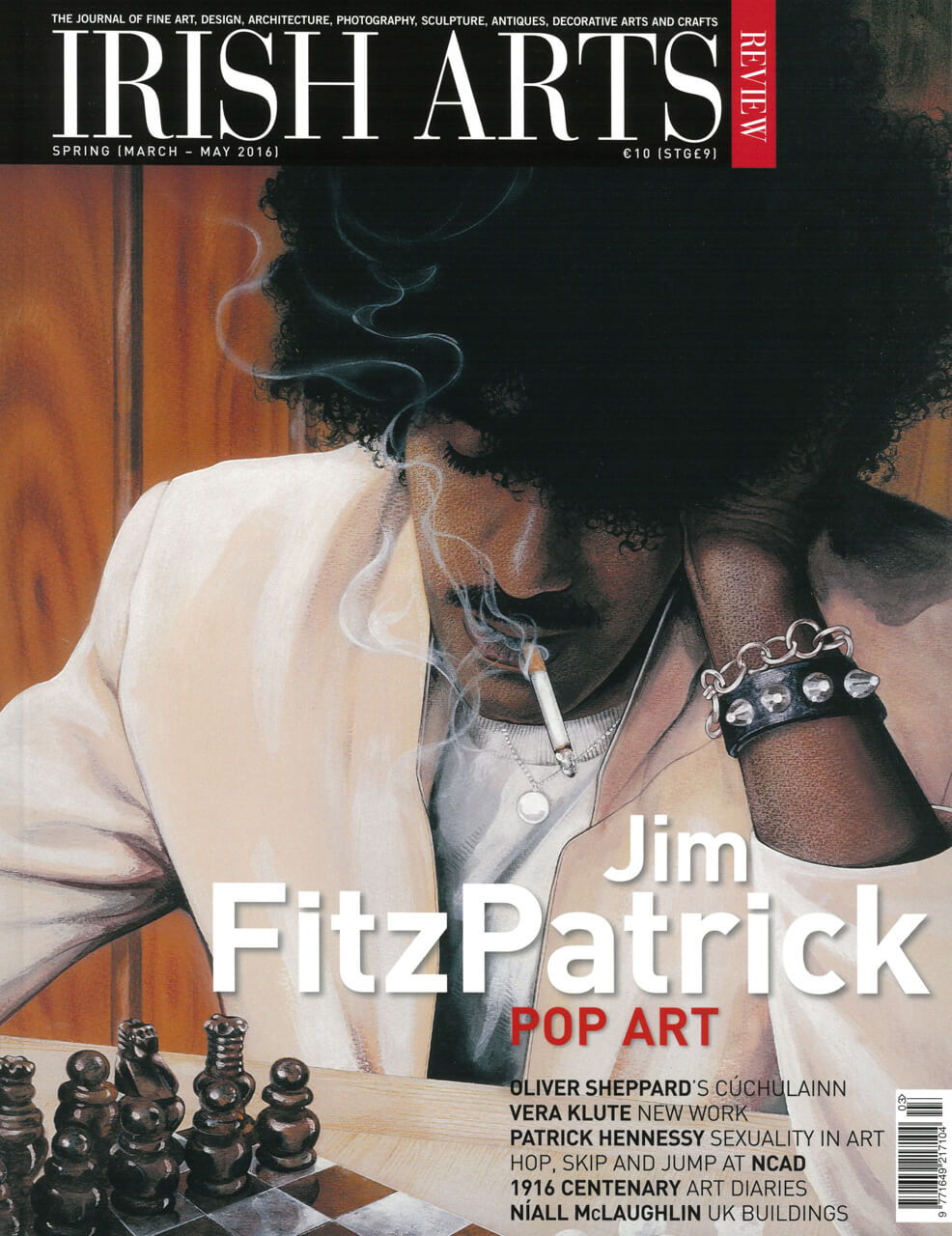
[slider_pro id=”180″]
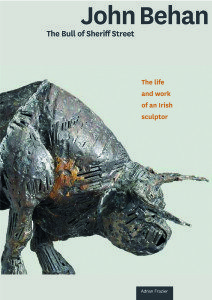
ADRIAN FRAZIER
Lilliput, 2015
pp 151, 40 b&w ills h/b
€25.00 ISBN: 978-1-843516-58-3
Declan Long
Adrian Frazier’s tribute to John Behan, entitled The Bull of Sheriff Street, begins and ends with touching personal anecdotes. The stories frame an affectionate account of ‘the life and work of an Irish sculptor‚’, one that is evidently the result of cherished friendship. Mostly, the book feels like a good-natured, good-humoured enterprise, written with the easygoing enthusiasm of a pub conversation. (Indeed, Frazier credits the importance of such convivial encounters with the artist as central to the writing process – and Galway’s ‘Bierhaus‚’ is name-checked often enough to suggest that a promotional deal has been struck).
Frazier genially outlines the story of Behan’s development as an acclaimed sculptor, from his artistic beginnings in Dublin’s Sheriff Street, to his anti-establishment association with the Independent Artists in the 1960s and his subsequent, influential role as an Arts Council member in the 1970s, to his later achievements in producing high profile commemorative sculpture (most notably his grand famine ships in Murrisk, Co Mayo and United Nations Plaza, New York). In so doing, however, he combines much that is personal and informal with critical commentary on the wider circumstances for artists in Ireland during those difficult times. Important moments in Behan’s creative growth (his early metalwork training, his part-time studies at NCAD) and significant instances of his broader contribution to art in Ireland (key roles in establishing both the Dublin Art Foundry and the first manifestation of Project Arts Centre) are appropriately noted. But central to Frazier’s narrative is a celebration of how Behan and his fellow Independents (Michael Kane, Charles Cullen and others) struggled to forge careers and gain recognition in the face of forceful opposition from influential figures in the Dublin art world (particularly the former Arts Council director, Fr Donal O’Sullivan). Behan’s lifelong commitment, Frazier recalls (quoting a 1971 statement by the artist), was towards ‘the propagation of art for the people, not just for the few.‚’
Throughout, the titular figure of the bull so central as a sculptural subject within Behan’s oeuvre – is an essential presence. One source for this fundamental focus is found in the world of the Dublin docks, not far from the artist’s childhood home, where as a boy Behan discovered ‘cattle pens for sheep and pigs and cows and bulls, bellowing and bleating and squealing‚’ as they awaited transport to Britain during the war. It’s a revealing detail: positioning this core image of natural, primal power within a memory of urban, industrial life. Behan had country links too – his father was a grocer, but maintained a family farm in Laois – and Frazier shows how both urban and rural influences have been vital in the forming of his art. The ubiquitous bull could also, of course, be thought of as a recurring self-image of the artist. Certainly for Frazier, Behan has himself been a formidable bull-like figure in Irish art ‚Äî and throughout these pages he is eagerly praised as an artist equipped with the strength and stability ‘not to be budged off course.‚’
Declan Long is a lecturer in modern and contemporary art at the National College of Art and Design.

